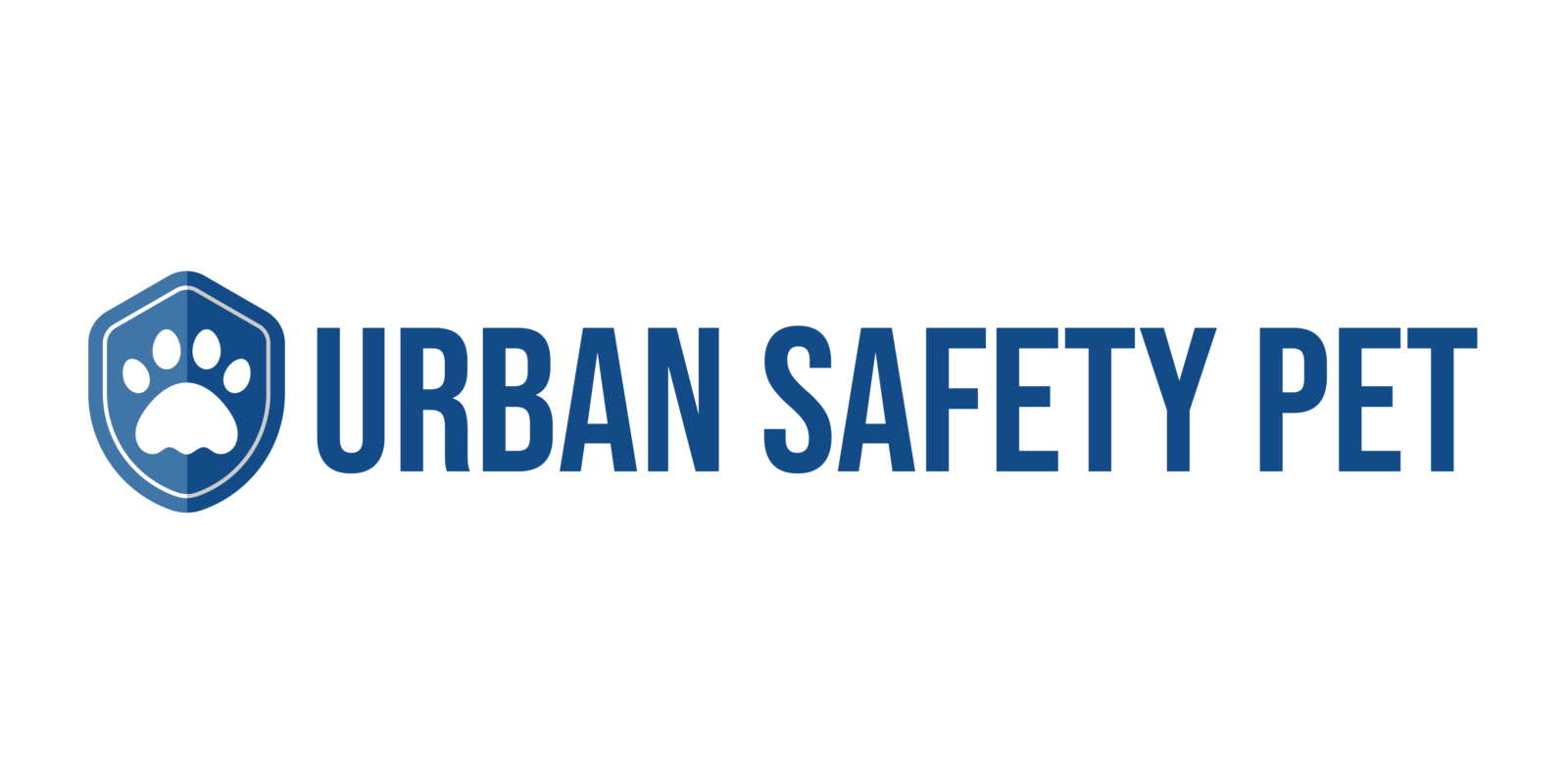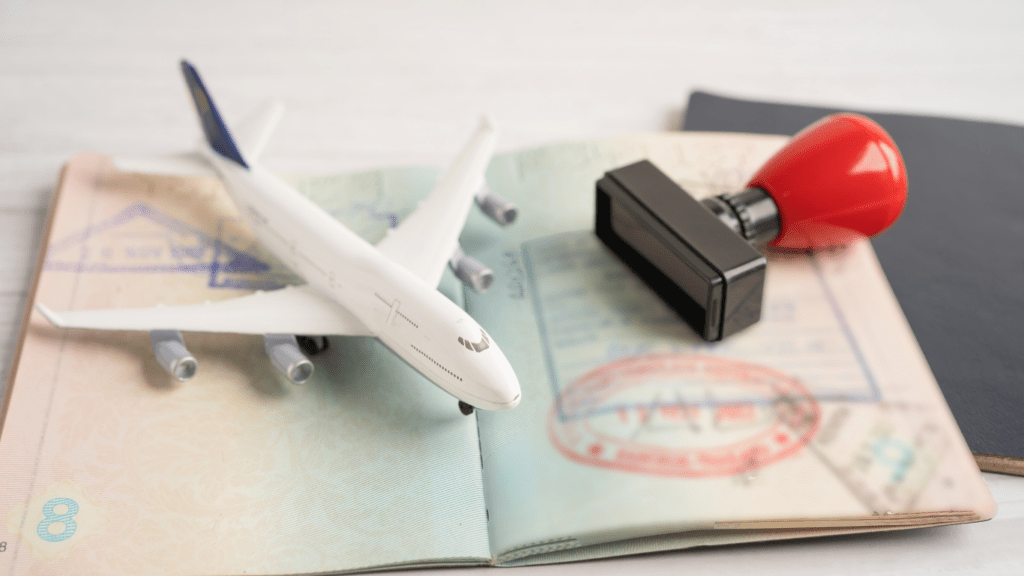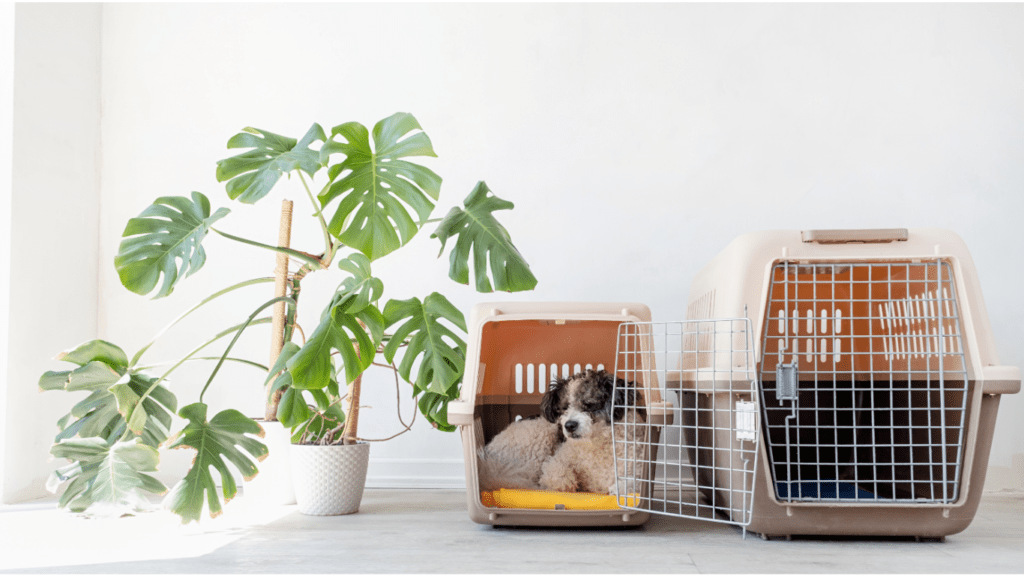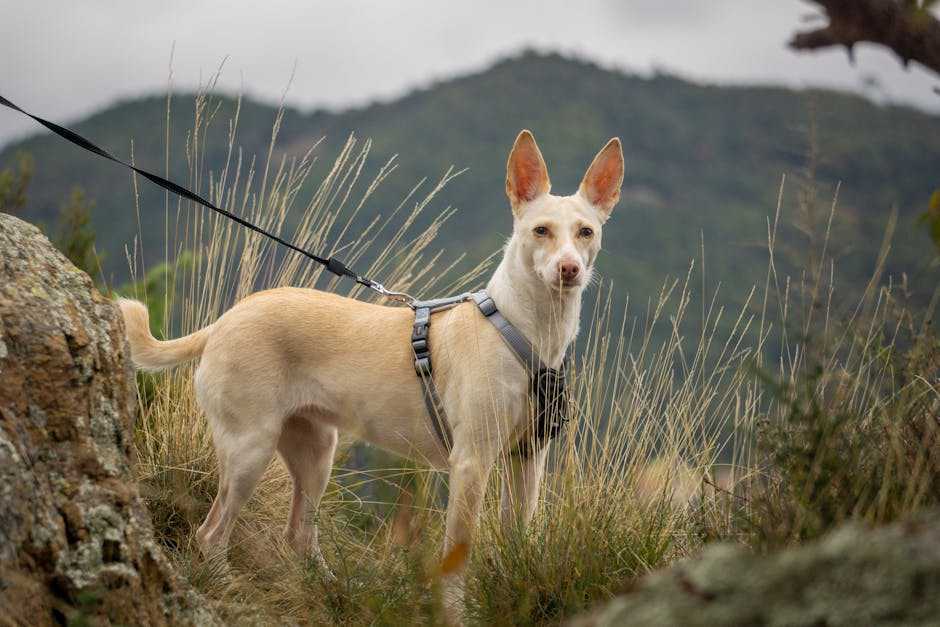Understanding Airline Regulations
Different airlines have various requirements for traveling with pets. Knowing these rules is essential to ensure a smooth journey.
Research Pet Policies
Each airline has specific pet policies, so it’s crucial to check these before booking a flight. Most airlines allow pets in the cabin or as checked baggage, but size and breed restrictions often apply. For example, American Airlines permits pets under 20 pounds in the cabin, while United Airlines only allows certain dog breeds in the cargo hold. Review the airline’s website or contact customer service directly for the most accurate information.
Required Documentation
- Airlines typically require documentation to confirm a pet’s health and breed.
- A veterinarian-issued health certificate, usually no older than 10 days, is often necessary.
- Some airlines also ask for vaccination records, particularly for rabies.
- Keep these documents accessible during the trip to present at check-in and upon request throughout the journey.
Preparing Your Pet Physically
Ensuring your pet is physically prepared for a long flight is crucial. Routine health check-ups and staying current with vaccinations can significantly impact your pet’s travel experience.
Health Check-Ups
Scheduling health check-ups before a long flight helps identify any potential health issues. Veterinarians perform comprehensive exams to check overall health. If your pet has a chronic condition, ensure the vet provides necessary medications or advice. For example, pets with anxiety may require special handling or medication. Always discuss any concerns with your vet to avoid surprises during travel.
Vaccinations and Medications
Vaccinations protect against diseases, preventing issues during travel. Ensure all vaccinations are current, adhering to the destination country’s requirements. Document these vaccinations as they are often required by airlines and countries. Additionally, consider medications such as flea and tick prevention. Consult the vet for advice on administering any necessary travel medications to ensure your pet’s health remains optimal during the journey.
Choosing the Right Travel Carrier
Selecting the correct travel carrier is crucial for ensuring your pet’s safety and comfort during a long flight. Consider several key factors when making this decision.
Size and Comfort
Ensure the carrier is spacious enough for your pet to stand up, turn around, and lie down comfortably. Measure your pet’s height and length, then check the airline’s carrier size guidelines. For example, my medium-sized dog fits comfortably in a carrier measuring 31 inches in length, 22 inches in width, and 24 inches in height. Ventilation is essential, so look for carriers with mesh sides or air holes. A soft, padded bottom can add an extra layer of comfort.
Safety Features
Look for carriers with secure, durable latching mechanisms to prevent accidental escape. Most airlines require carriers to have a locking mechanism. Check for reinforced handles and straps for easy carrying and security. Additionally, a leak-proof bottom can prevent messes during transit. Ensure the carrier has clear labels with your contact information in case of emergencies.
Acclimating Your Pet to the Carrier

Acclimating your pet to the carrier is essential for a stress-free flight. A gradual and positive approach can make them feel secure and comfortable.
Gradual Introduction
Start by introducing the carrier well before your travel date. Leave the carrier open in your home, placing it in a familiar and accessible area. Allow your pet to explore it naturally and at their own pace. Begin with short sessions where your pet spends time inside the carrier, gradually increasing the duration over several days or weeks. Moving too quickly may cause stress, so take it slow.
Positive Reinforcement
Use positive reinforcement to create a positive association with the carrier. Offer treats, praise, and affection when your pet enters or remains in the carrier. Place their favorite toys, bedding, or blankets inside to add comfort. Gradually, your pet should start viewing the carrier as a safe space. If your pet shows reluctance, patience is key. Avoid forcing them into the carrier, as this can create negative associations.
Planning Food and Hydration
Properly planning food and hydration for your pet is crucial for ensuring they remain healthy and comfortable during a long flight. It’s important to establish a feeding schedule and ensure proper water availability.
Feeding Schedule
Coordinate your pet’s feeding schedule with the flight timeline. Feed your pet 4-6 hours before departure to allow for digestion and to minimize the risk of nausea during the flight. For example, if your flight is at 10 AM, aim to feed your pet around 4-6 AM. Avoid giving a large meal right before travel to decrease the likelihood of discomfort. Discuss any specific dietary needs with your veterinarian to tailor the feeding schedule effectively.
Water Availability
- Ensure your pet has access to water without causing spills.
- Offer water a couple of hours before the flight and consider using a non-spill travel water bottle attached to the inside of the carrier.
- A bottle with a nozzle dispenses water in controlled amounts, keeping the carrier dry.
- Dehydration can be a risk so check with the airline about in-flight options for hydrating your pet.
- Ensure ice cubes are an option when water bottles are not practical, as they melt slowly and offer a manageable water source.
Managing Anxiety and Stress
Long flights can be stressful for pets. Managing their anxiety and stress ensures a smoother journey for everyone involved.
Calming Techniques
Calming techniques help pets remain relaxed. Using familiar items like their favorite blanket or toy can provide comfort. Playing with your pet before the flight expends energy which can reduce nervousness. Consider natural calming aids, such as pheromone sprays or calming chews, which experts often recommend.
Professional Advice
Consulting a veterinarian ensures you’re using the safest methods to manage your pet’s anxiety. Vets can advise on prescription medications if natural methods aren’t effective. Discuss your travel plans and any observed anxiety triggers to get tailored advice. Consulting a professional can provide peace of mind given their expertise in pet behavior.
In-Flight Tips
Long flights can be challenging for pets. I’ll share in-flight tips to make the journey smoother for animals and their owners.
During Takeoff and Landing
Takeoff and landing are often stressful for pets. I recommend securing the pet carrier under the seat, which keeps it stable and reduces anxiety. If possible, offer a small treat or toy that’s familiar to your pet. This provides comfort and distraction. The cabin pressure changes during these times, so ensure your pet has a chance to swallow by offering ice cubes or a sip of water.
Monitoring Your Pet
- Keeping an eye on your pet ensures its well-being during the flight.
- I suggest regularly but discreetly checking on your pet to monitor its comfort and hydration.
- Avoid opening the carrier unnecessarily as this could alarm the pet or disturb other passengers.
- Look for signs of distress like excessive panting or whining, and be prepared to comfort your pet with gentle talk or a familiar scent.
- Carry a small cloth with your scent, as this can help soothe the pet during the flight.




